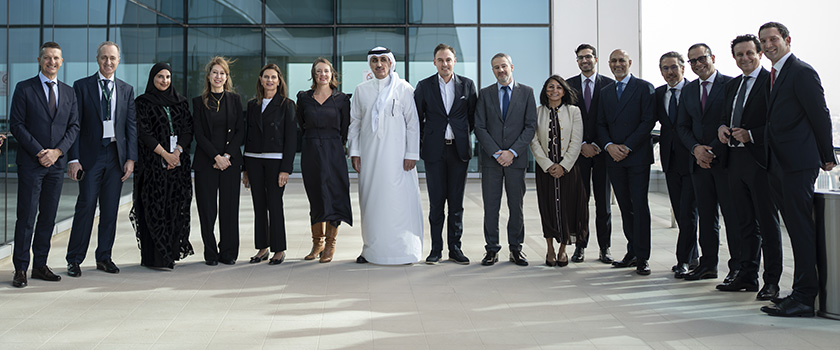08.12.2025
UBP Weekly View - Rate volatility
Global equities closed the first week of December in positive territory, supported by rising expectations of a Fed rate cut, while the bond market experienced rate volatility. Attention now turns to the Federal Reserve, which is expected to deliver a 25-bp interest rate cut on Wednesday. A still-supportive backdrop continues to underpin equities, with fiscal stimulus measures, easing monetary policy and structural growth drivers encouraging investors to keep a broader perspective.










